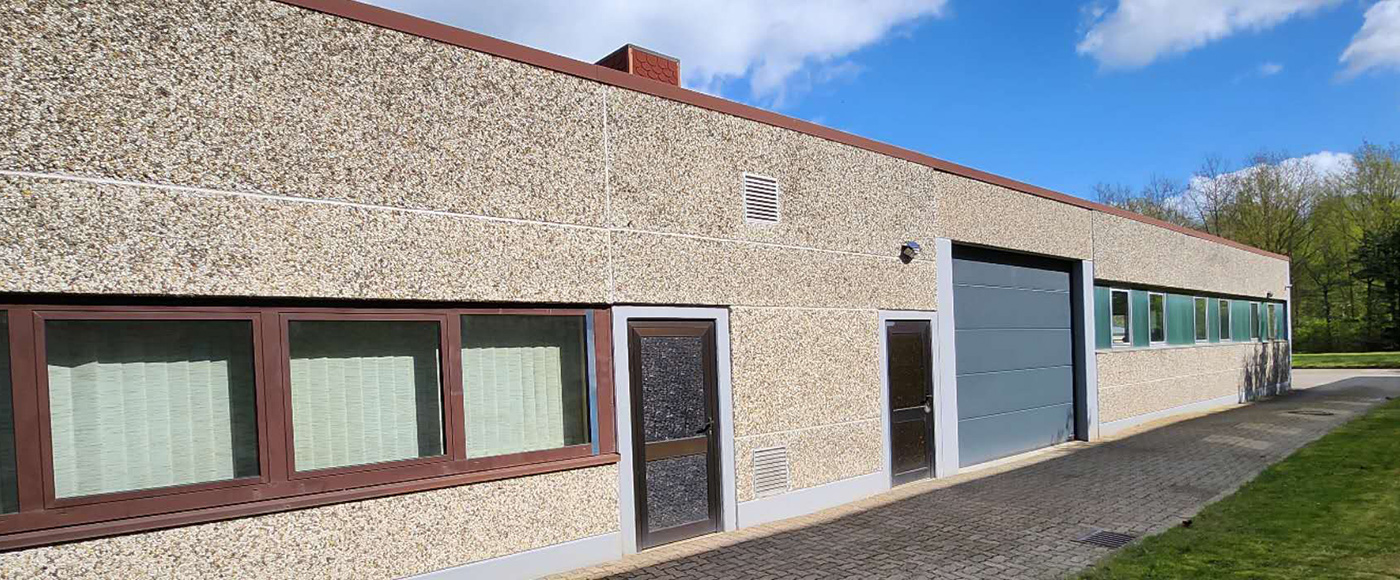
Gauting, located in the southeastern part of Upper Bavaria, Germany, has long been renowned for its exceptional metal craftsmanship. After World War II, there was a growing need for security, and in 1950, a young man saw an opportunity and established a small repair workshop. The workshop mainly focused on repairing windows and doors for local residents, as well as selling and installing locks. Over time, he began integrating his design concepts into custom-made entrance doors, developing unique doors and architectural fittings. Thus, the Heinrich brand was born. With distinctive designs, reliable quality, and excellent after-sales service, Heinrich quickly expanded its custom-made wooden and copper doors, along with fittings, gaining recognition throughout Germany.
As technology advanced and production scaled up, the company needed fresh capital. In 2012, after negotiations, the workshop was acquired by Beijing Ruimao Company, and a new Heinrich GmbH was established in Gauting. In 2015, to meet logistical and international demands, the company relocated to Hamburg. Over the following years, the German branch retained its design, procurement, and sales functions, while production was shifted to an international factory in Tianjin, China, jointly funded by both parties, ensuring a fusion of traditional craftsmanship and modern manufacturing techniques.